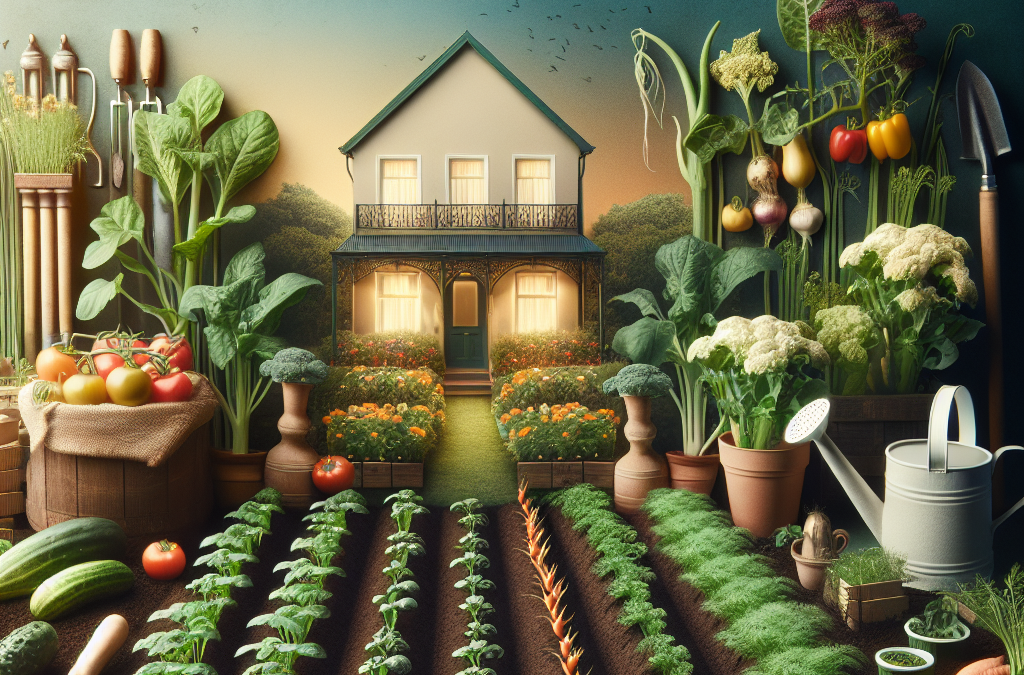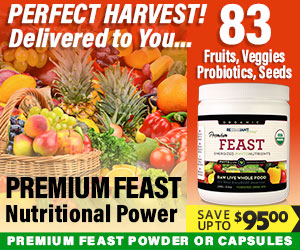Choosing the Right Location
Assess Your Space
First things first, you need to look around your home and figure out where you can set up your garden. It might be your backyard, a balcony, or even just a small patch of land. Make sure it gets plenty of sunlight, ideally around 6-8 hours a day. I’ve found that morning sun is awesome for plants, as it helps them wake up. Plus, check out the wind and drainage too. We want our greens to thrive, not just survive, right?
Consider the accessibility of your chosen spot! You’ll want to be able to reach it easily for watering, weeding, and harvesting. Trust me, the last thing you want is to set up a garden that’s more hassle than joy. I made that mistake once, and boy, did I learn my lesson!
Finally, think about the proximity to your kitchen. The closer your garden is, the easier it is to grab fresh herbs or veggies when you’re cooking. It makes you feel like a true culinary wizard when you can pluck ingredients right from your garden.
Preparing the Soil
Testing Your Soil
Before diving in, it’s important to test your soil. This tells you what nutrients are already present and if any amendments are needed. I like to use a DIY soil test kit; they’re pretty straightforward and give you a clear picture of what you’re working with. If your soil’s too acidic or lacking in nutrients, you’ll need to adjust it for optimal plant health.
Once you know what’s up with your soil, you might need to add organic compost or other materials to boost fertility. Trust me, enriching your soil will pay off big time when your plants start to flourish. I usually mix well-rotted manure or garden compost into the top layer for that extra kick!
Don’t forget to aerate the soil too. Compacted soil can be a bummer for plant roots. You can do this by loosening the soil with a shovel or a garden fork. It’s a bit of a workout, but your plants will thank you with a bountiful harvest!
Selecting Your Plants
Choosing the Right Varieties
When it comes to picking your veggies or herbs, go for varieties that you absolutely love and will use in your kitchen. I swear, there’s nothing cooler than harvesting fresh basil for a homemade pesto or snipping some salad greens for a fresh side dish. Think about your family’s favorites—what do you love to cook?
Also, consider your climate and the time of year. Some plants thrive in the cooler months, while others are all about the summer heat. Do a quick search for what plants grow best in your region and season, and you’ll be well on your way to a successful garden.
If you’re unsure where to start, opt for some hardy herbs like parsley or mint. They’re pretty forgiving and tend to grow like weeds! Plus, you can use them in so many dishes. I remember starting with a few pots of herbs and felt like a gardening rockstar!
Creating a Care Plan
Watering and Maintenance Routine
Next up, you’ve gotta think about how you’re gonna care for your plants. A consistent watering schedule is key. When I first started, I tended to forget about my plants, and they ended up looking sad. Now, I make it a point to check in on them every morning or evening, depending on the heat.
Get Certified Organic Whole Food Nutrition – Nutrient Dense Supplement
Besides watering, you’ll need to tackle weeding and pest management. Keeping your garden tidy will prevent pests from making themselves too comfy. I usually spend a few minutes every week pulling out weeds. It’s a bit of a chore but totally worth it in the end!
If you do run into issues with pests, don’t freak out! There are plenty of organic solutions out there. I love using neem oil spray or introducing beneficial insects like ladybugs, which are natural pest control. It’s like having an ally in your garden—way cooler than chemical pesticides!
Harvesting Your Crops
When and How to Harvest
Finally, let’s talk about the glorious moment of harvesting. It’s the most rewarding part of the whole process! Knowing when to pick your produce is super important; you want them at their peak flavor and freshness. For instance, leafy greens should be snipped before they bolt, while tomatoes should be picked when they’re fully colored.
Use sharp shears to avoid damaging your plants when harvesting. I’ve made the mistake of yanking them out by the roots, and let me tell you, it’s not a good look. Also, don’t forget to enjoy the fruits of your labor right away! There’s nothing quite like fresh-from-the-garden goodness—makes all that hard work totally worth it.
Lastly, be mindful of the growing seasons. Many plants can produce multiple harvests throughout their growing season, so keep an eye on new growth. You’ll find yourself feeling like a proud gardener with every basket you fill!
Frequently Asked Questions
1. What is the best time to start an organic garden?
The best time to start an organic garden usually depends on the climate of your area, but generally, spring is a great time for planting most vegetables and herbs. If you’re in a warmer region, you might even start in late winter!
2. Do I need to buy organic seeds?
It’s a good idea to choose organic seeds if you want to maintain the integrity of your organic garden. They’re less likely to be treated with harmful chemicals, which is exactly what we want to avoid!
3. What happens if I overwater my plants?
Overwatering can lead to root rot and attract pests. It’s best to ensure your soil drains well and only water when the top inch of soil feels dry. Trust me, a little patience goes a long way!
4. Can I grow vegetables in pots?
Absolutely! Growing veggies in pots is a great option, especially if you don’t have a big yard. Just make sure your pots have proper drainage and are large enough for the plant you’re growing. I love my container garden!
5. How do I deal with pests organically?
There are plenty of organic options! You can use neem oil, insecticidal soaps, or introduce beneficial bugs like ladybugs to take care of pest issues naturally. It’s all about balance—keeping your garden healthy and eco-friendly!




